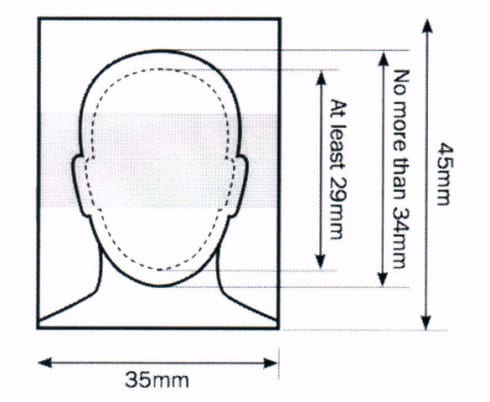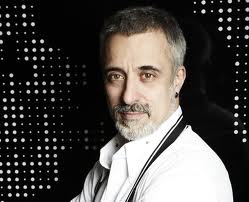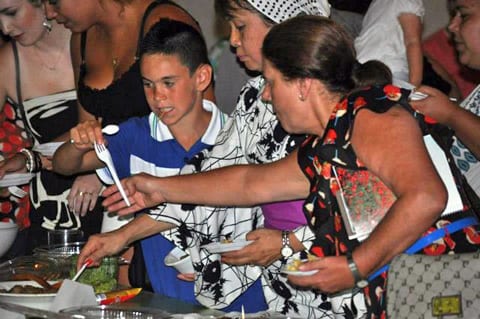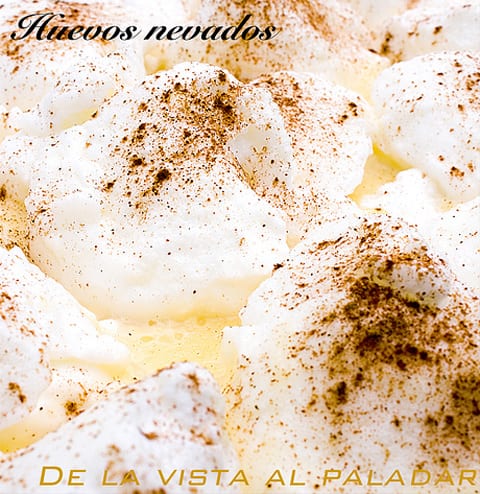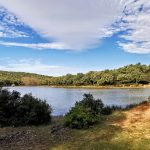Twenty-five kilometres into the 40-km night walk, I concluded we were the last of the 806 competitors: we were joined by a volunteer whose job was to collect the directional lights and flags marking the route. If any walkers were coming up behind us, they were going to get lost
CLOSE, BUT NO CIGAR
AT 22:00h on Saturday, 22nd June, Manuel Díez Fernández, María Victoria Naranjo Hidalgo and I were three of the 806 runners and walkers who set off at the start of the 40-km night walk organised by the Tourism Office of Montejaque.
It was a fantastic night on which to do this walk, illuminated most of the way by the light of the perigee moon. (According to NASA, a full moon at perigee is up to 14% larger and 30% brighter than the moon at its farthest point, or apogee). Head-lamps and torches were not necessary; in the middle of the night, the moon was behind us and we could see our shadows on the road ahead.
I could also clearly see the rocks, gravel, scree, muddy river crossings and inclines that we had to traverse. In 40 kilometres, the gradient would rise 1,000 metres … that’s equivalent to a kilometre of climbing. From the valley between the Mail Port and the village of Villaluenga del Rosario, we had to ascend, in single file, what seemed to be an almost vertical slope up a mountain. By this point in the walk, my legs, hips and back were hurting … but I was able to get a painkiller from the friendly medics at the second checkpoint, and decided I could plough on. Once at the top of the mountain, we descended onto the plains of the Llanos de Libar – flat land that was full of spring wheat stubble … and full of rocks on which I could stubble my toes.
At the Refugio, checkpoint three of the four, we were treated to cups of hot chicken stock. I didn’t dare to sit down to enjoy it, in case I could not get up again.
From this point on, we were accompanied by Cristobal, one of the volunteers, who trotted alongside and gaily chatted with Victoria as he collected the route-marking lights and flags from the trees. All I was doing was saving my breath, plodding along, staring at the ground, putting one foot in front of the other, and thinking: ‘I can do this.’ After a two-kilometre steady uphill climb, Juan de Castro of the tourism office appeared in a nine-seater van.
“Do you want a ride back to the check-in?” he asked.
“No, I want to finish this,” I averred.
“There are still nine kilometres to walk, with the last part going uphill,” Juan said.
“I think you should go in the van,” said Victoria and Manuel.
By this time, pain and humility (and the conviction that I was holding back my walking companions) took precedence over my determination to complete the course. I gratefully climbed into the van and gingerly sat down; 10 minutes later, we were driving past the fourth (and final) checkpoint. I arrived back at the finish line at 06:25h, avoided running up the chute to be welcomed by the contestants who had completed the course by that time, and slunk off for a cup of coffee.
Ninety minutes later, just within the 10-hour time limit imposed on the competitors, Manuel and Victoria arrived to applause from the few remaining participants and volunteers, and each received a contestant’s medal. As I was congratulating them for completing the course, Mari from the Tourism Office came running over and hung a medal around my neck.
“But I did not finish,” I said, guiltily.
“But you participated,” she said, “and that is just as important.”
Victoria has now promised me some ‘deberes’ (homework) to get me fit enough for the next walk – 33 kilometres on September 29. This will be during the daytime, so I’m looking forward to keeping my head up and watching the scenery passing me by.



